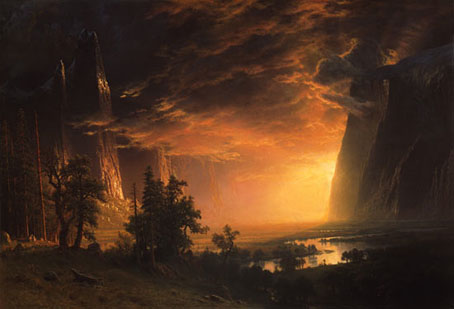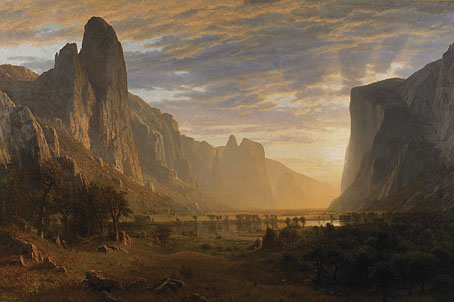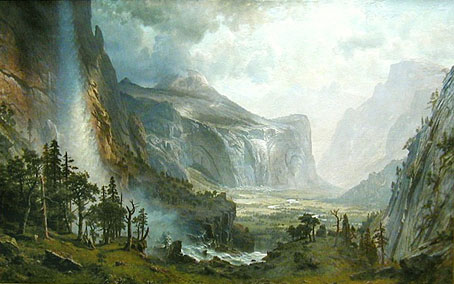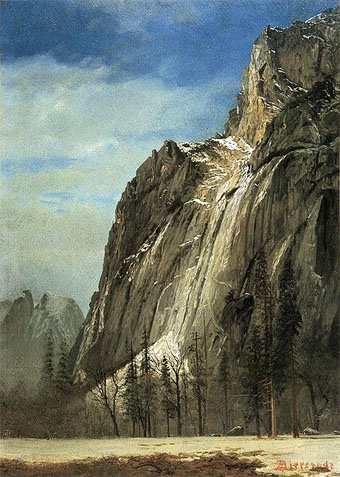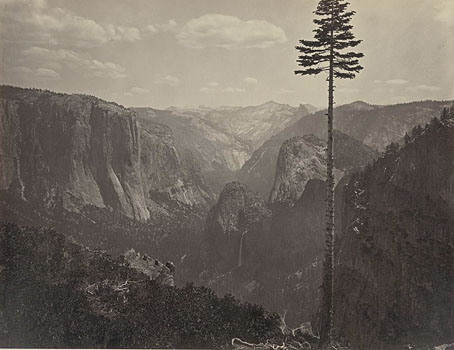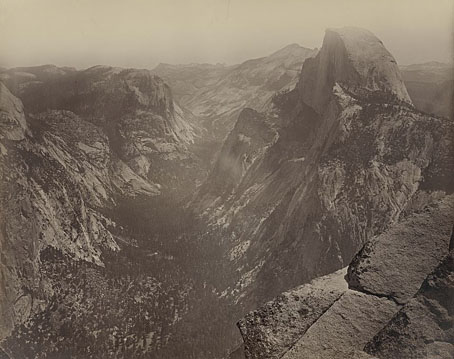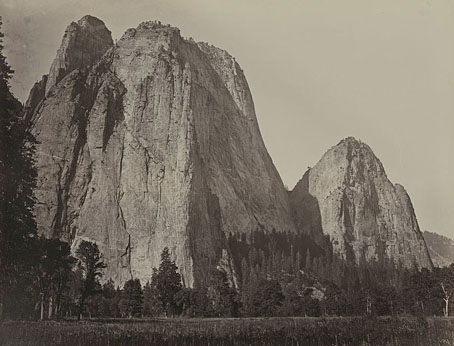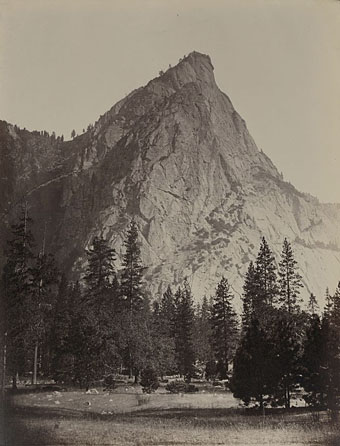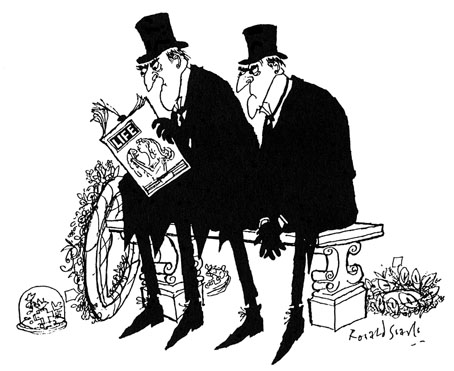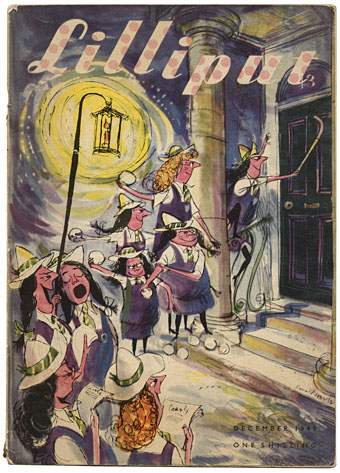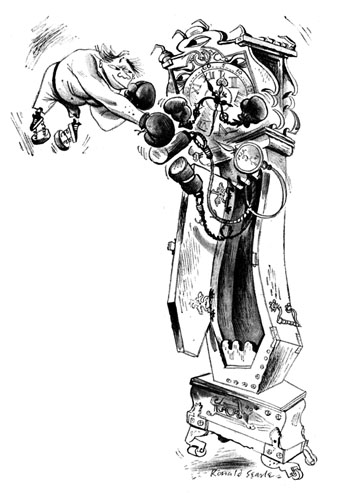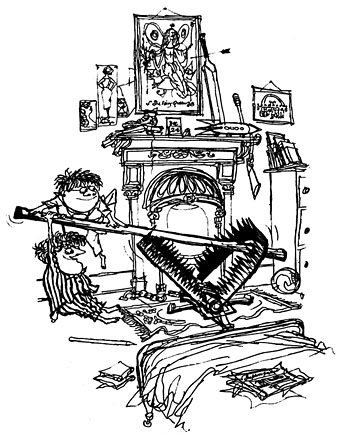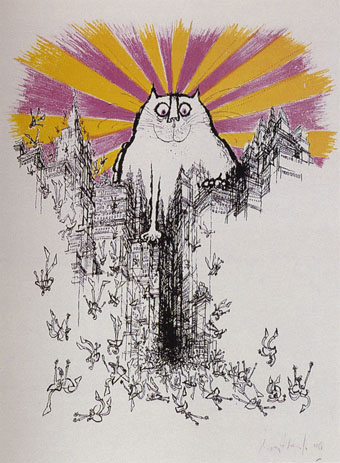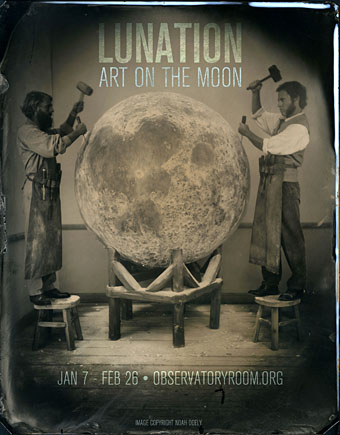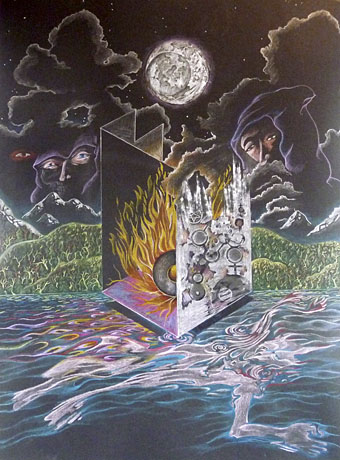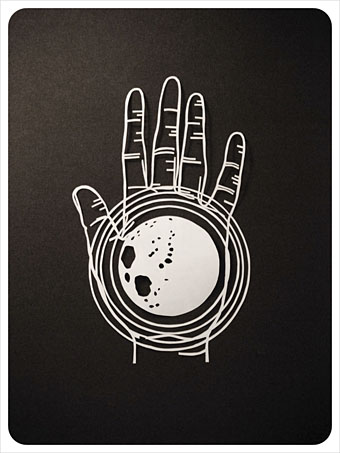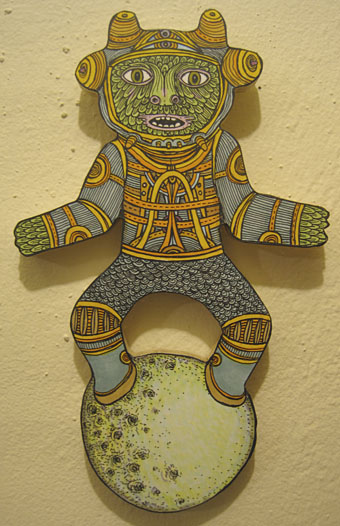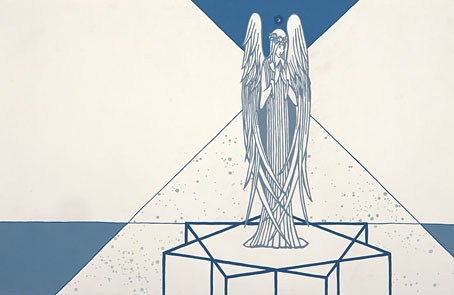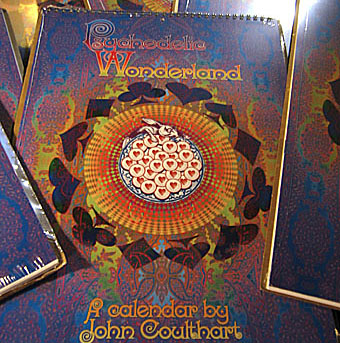Sunset in the Yosemite Valley (c. 1868).
After yesterday’s photos of the Yosemite Valley I have to follow up with paintings of the region by Albert Bierstadt (1830–1902), a German immigrant whose landscape art is connected to the Hudson River School although much of his work concerned views of California and the Rocky Mountains. Some of the paintings apparently received criticism for their deliberately Romantic approach to landscape, especially the John Martin-like blazing sunsets. All the pictures here date from the same period that Carelton Watkins was taking his celebrated photos of the area (which makes me wonder whether artist and photographer ever met) so complaints about lack of realism would seem somewhat redundant.
Wikimedia Commons has a substantial collection of Bierstadt’s paintings.
Looking Down Yosemite Valley, California (1865).
The Domes of the Yosemite (1867).
Cathedral Rocks, A Yosemite View (1872).
Previously on { feuilleton }
• Carleton Watkins in Yosemite
• Two American paintings

